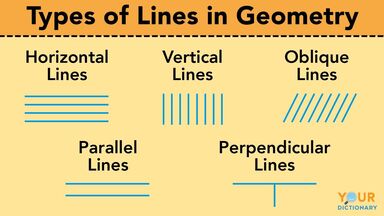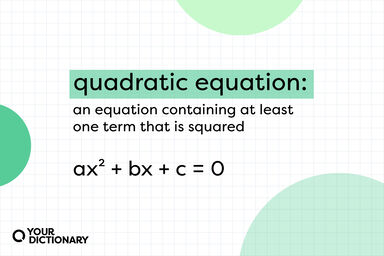For these only will the symbolic product be replaceable by a linear function of products of real coefficients.
Simspon concluded that for a given wind velocity dissipation is practically a linear function of ionization.
The discriminant is the resultant of ax and ax and of degree 8 in the coefficients; since it is a rational and integral function of the fundamental invariants it is expressible as a linear function of A 2 and B; it is independent of C, and is therefore unaltered when C vanishes; we may therefore take f in the canonical form 6R 4 f = BS5+5BS4p-4A2p5.
In order to obtain the seminvari ants we would write down the (w; 0, n) terms each associated with a literal coefficient; if we now operate with 52 we obtain a linear function of (w - I; 8, n) products, for the vanishing of which the literal coefficients must satisfy (w-I; 0, n) linear equations; hence (w; 8, n)-(w-I; 0, n) of these coefficients may be assumed arbitrarily, and the number of linearly independent solutions of 52=o, of the given degree and weight, is precisely (w; 8, n) - (w - I; 0, n).
The vapour tension may approximate to a linear function of the composition, and the curve will then be practically a straight line.





